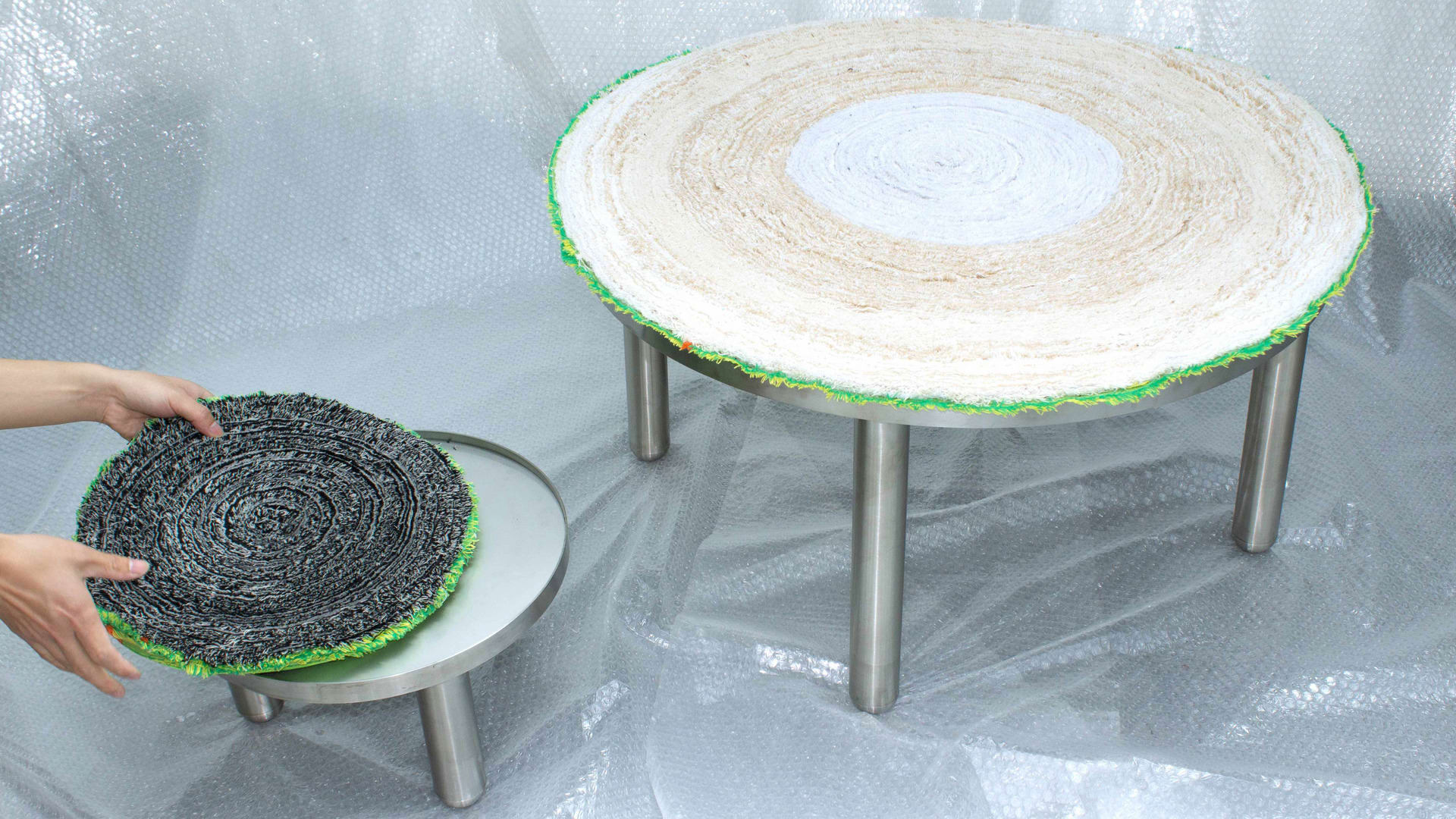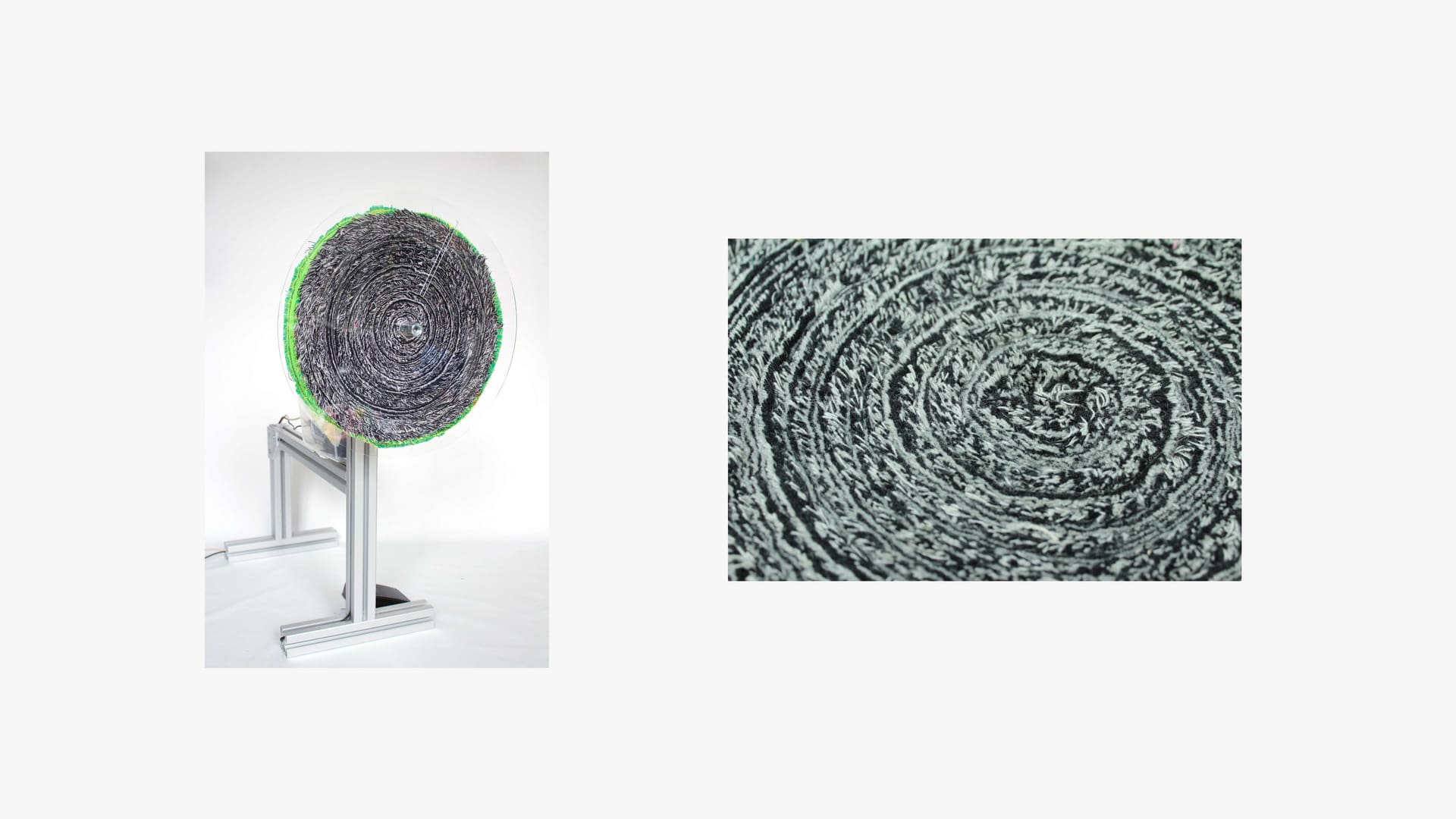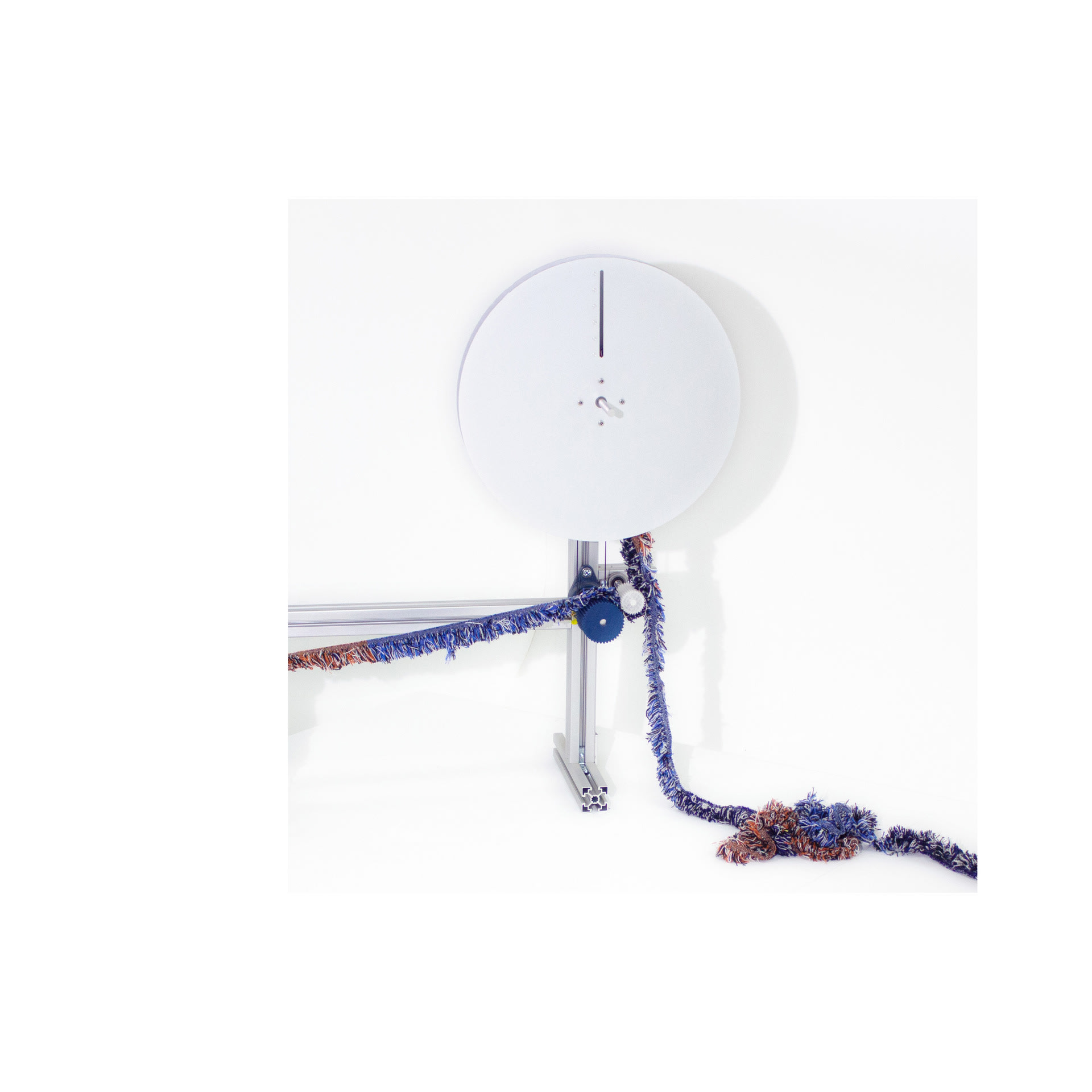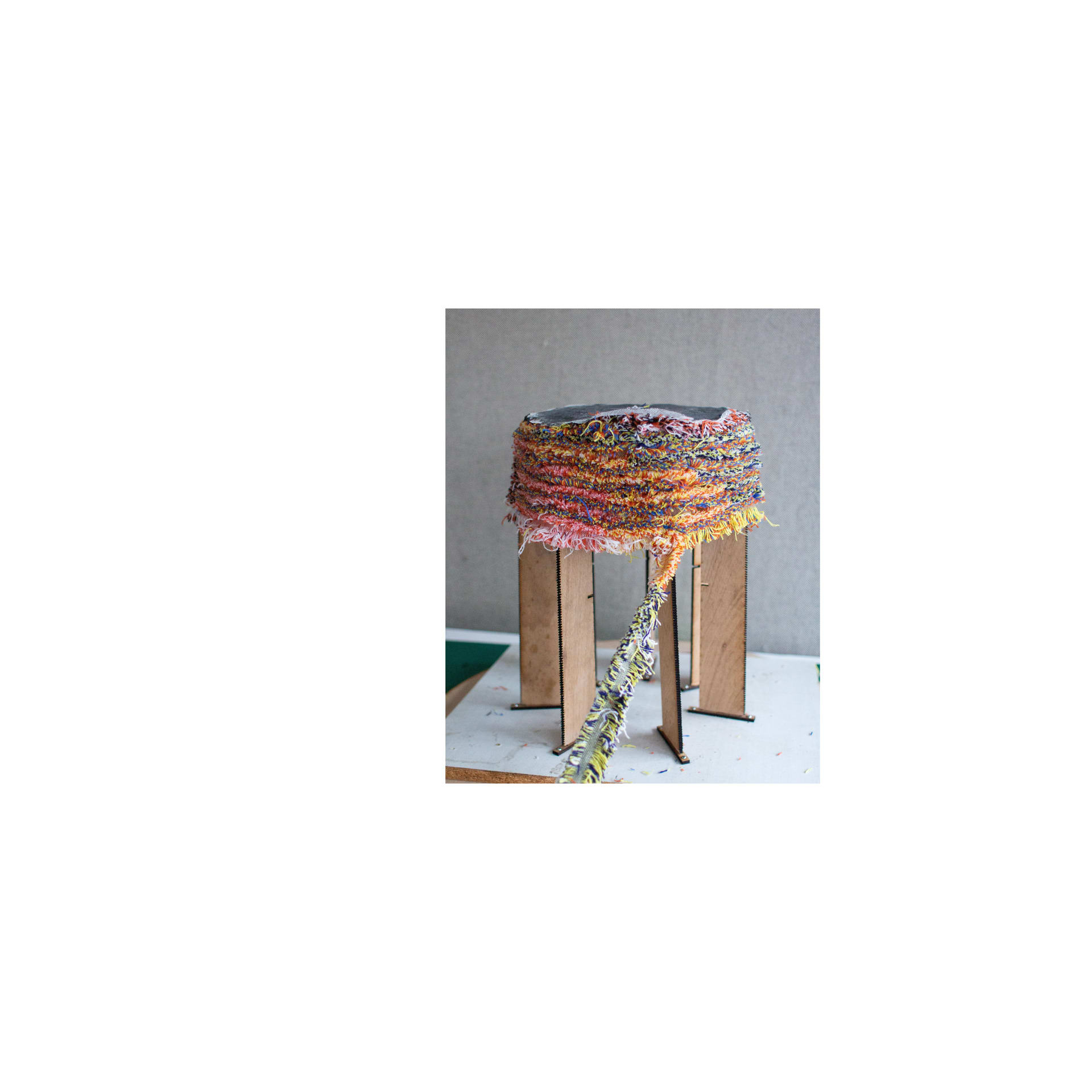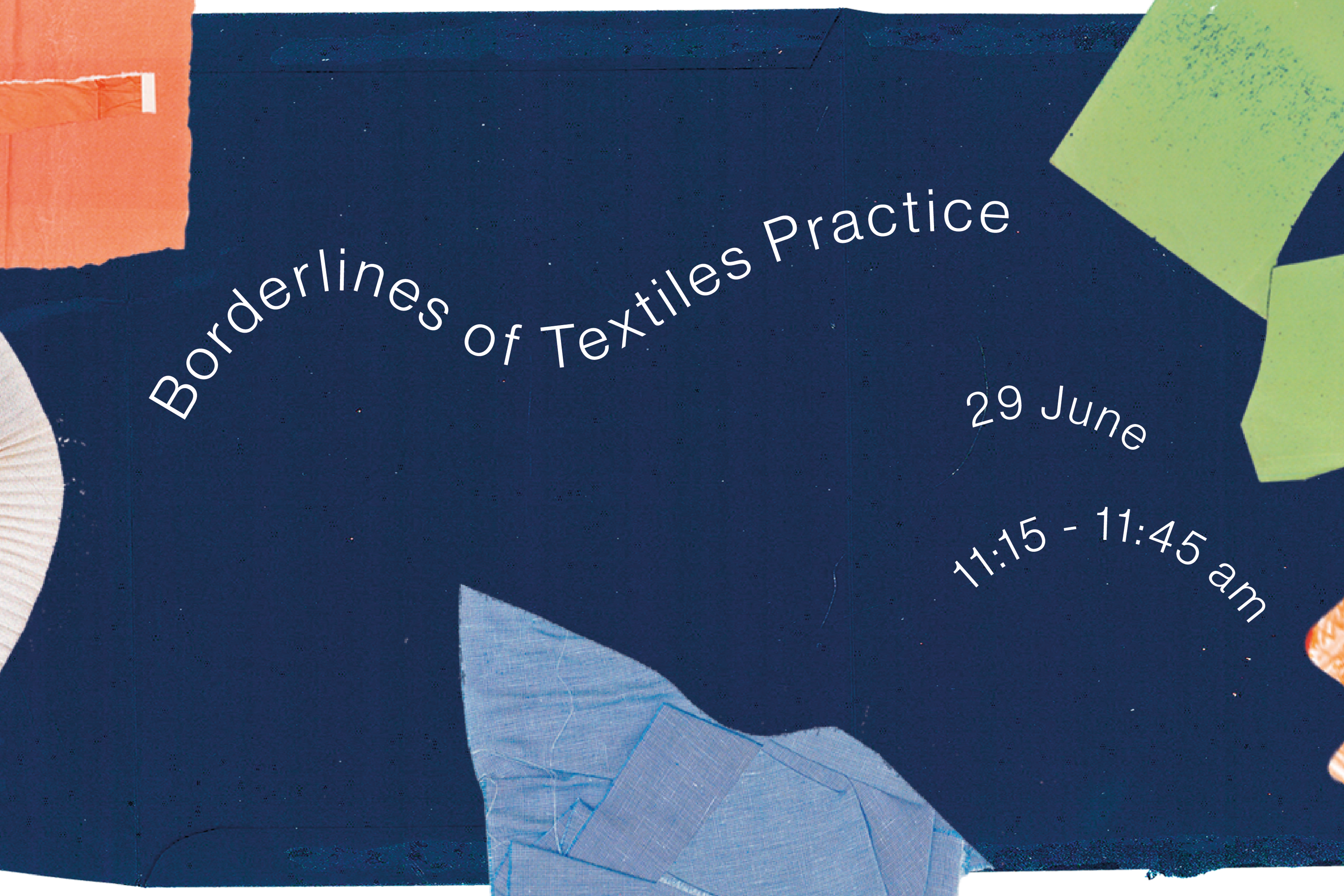Jane Wright, is a textile and product designer from Belgium using waste as her primary resource.
In her latest work, she focuses her research on the innovative use of materials and the design of tools to repurpose waste from textile streams into domestic objects and installations. Aware of the wider system and the social implication of its production, she explores the re-use and local re-manufacturing process of what is currently considered waste by the textile industry. Design for emotional durability and circularity are key drivers of her work and collaborations.
Three years ago, she set up GILBARD in Brussels : a multidisciplinary design studio/organisation bringing together artists, designers, and architects to explore the use of materials sourced from different waste streams while engaging with the local community around this preoccupation. Conceived as a shared space, GILBARD is dedicated to the transmission and creation with local resources, it actively aims to reshuffle and rethink our contemporary production methods within the city of Brussels.


